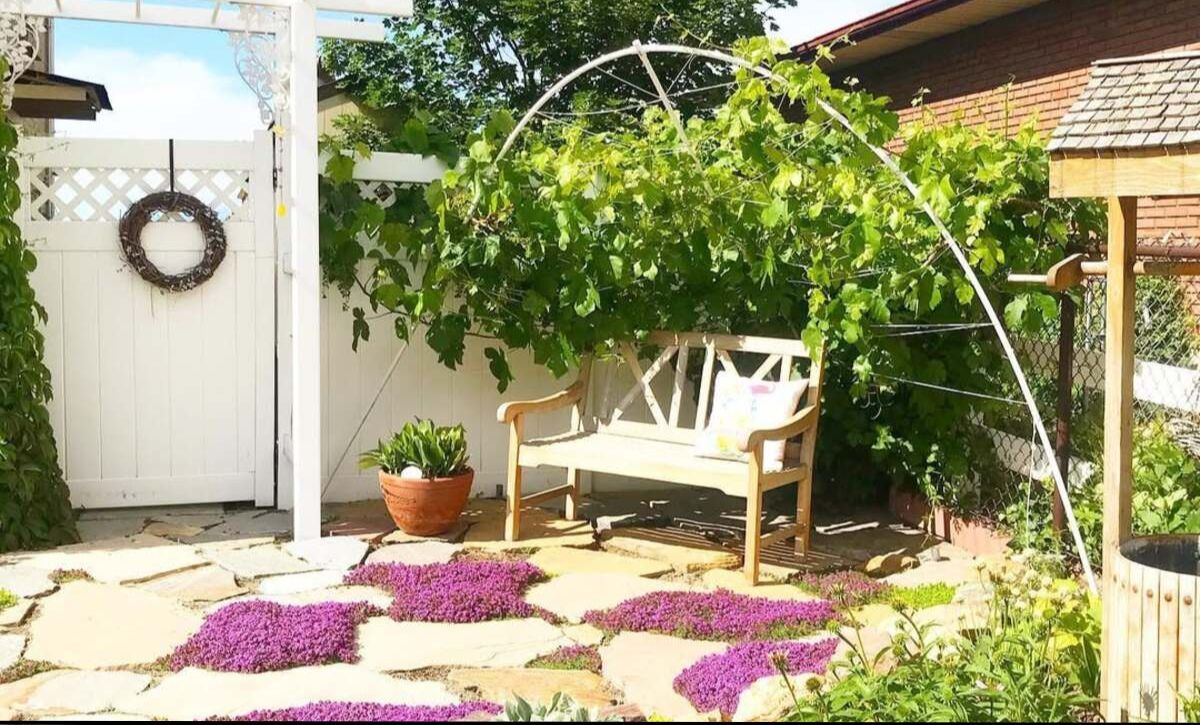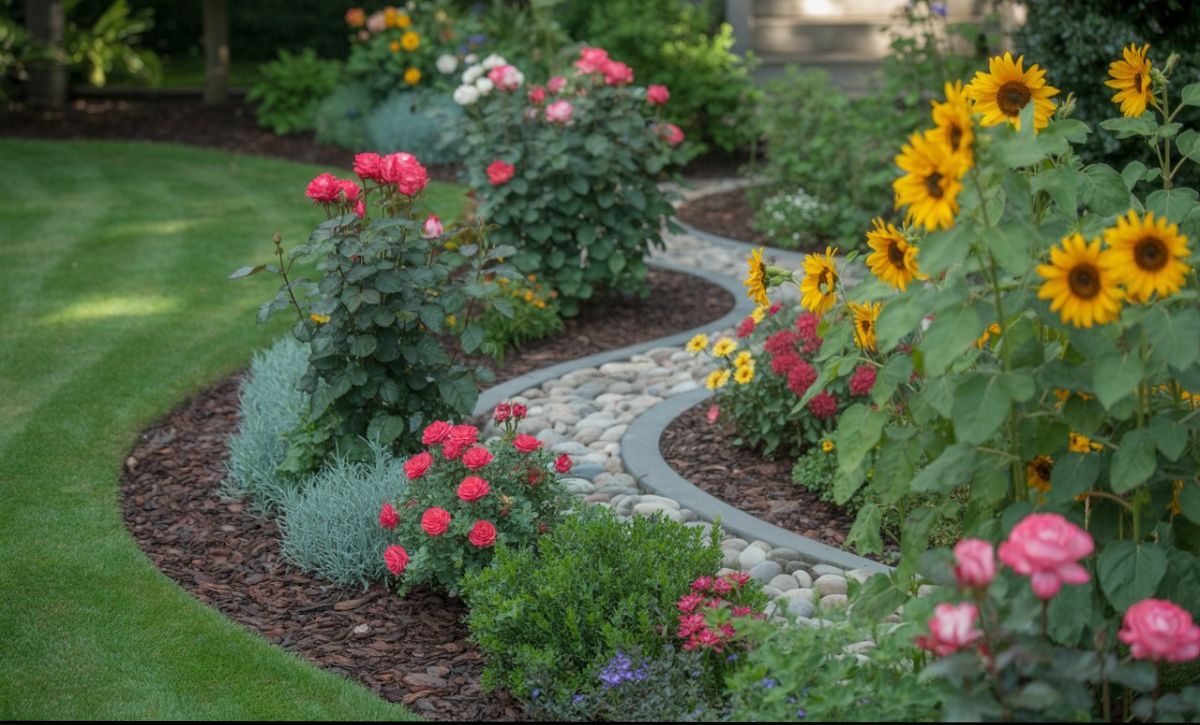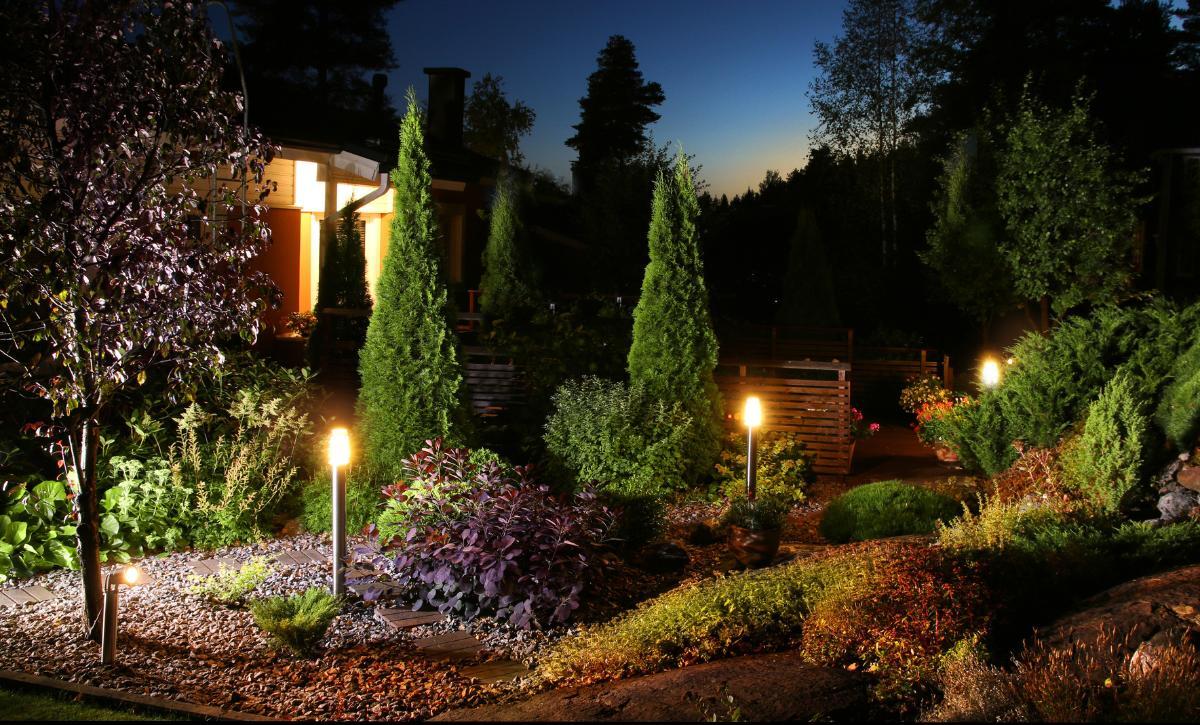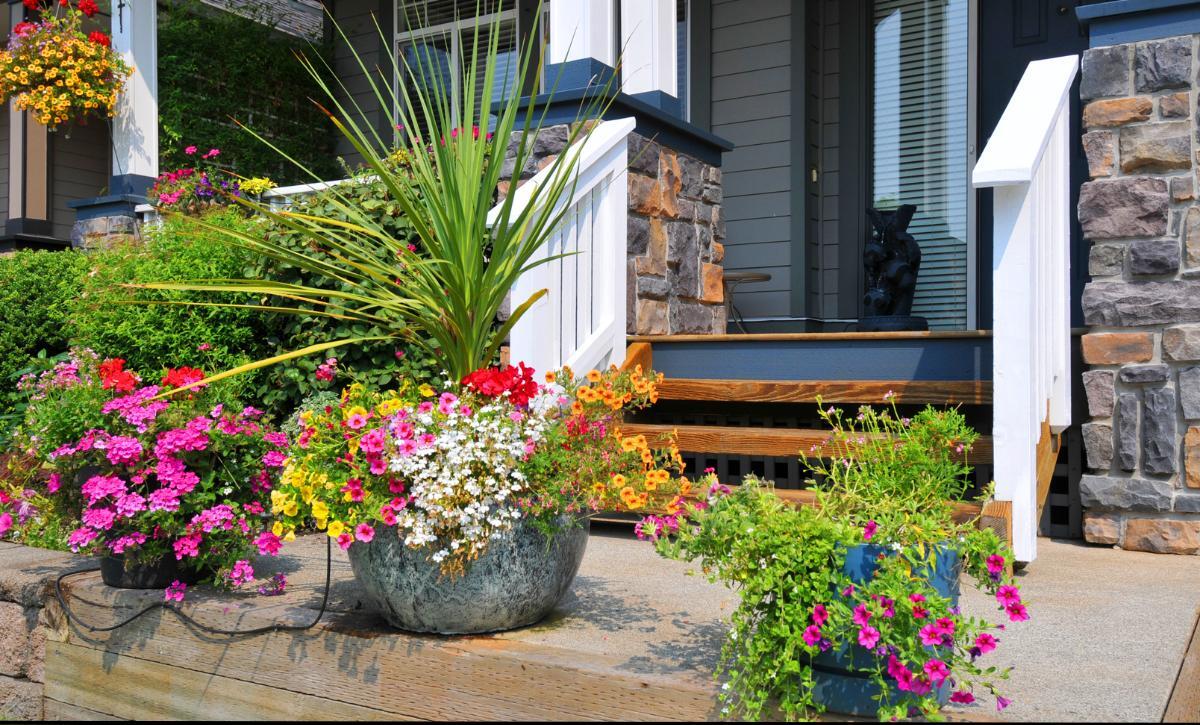Regrowing vegetables is an exciting way to grow your own food using kitchen scraps.
It’s the ultimate sustainable gardening hack — in many cases, all you need is a container of water.
Whether you want to reduce waste or create a garden in a small apartment, regrowing is the way to go.
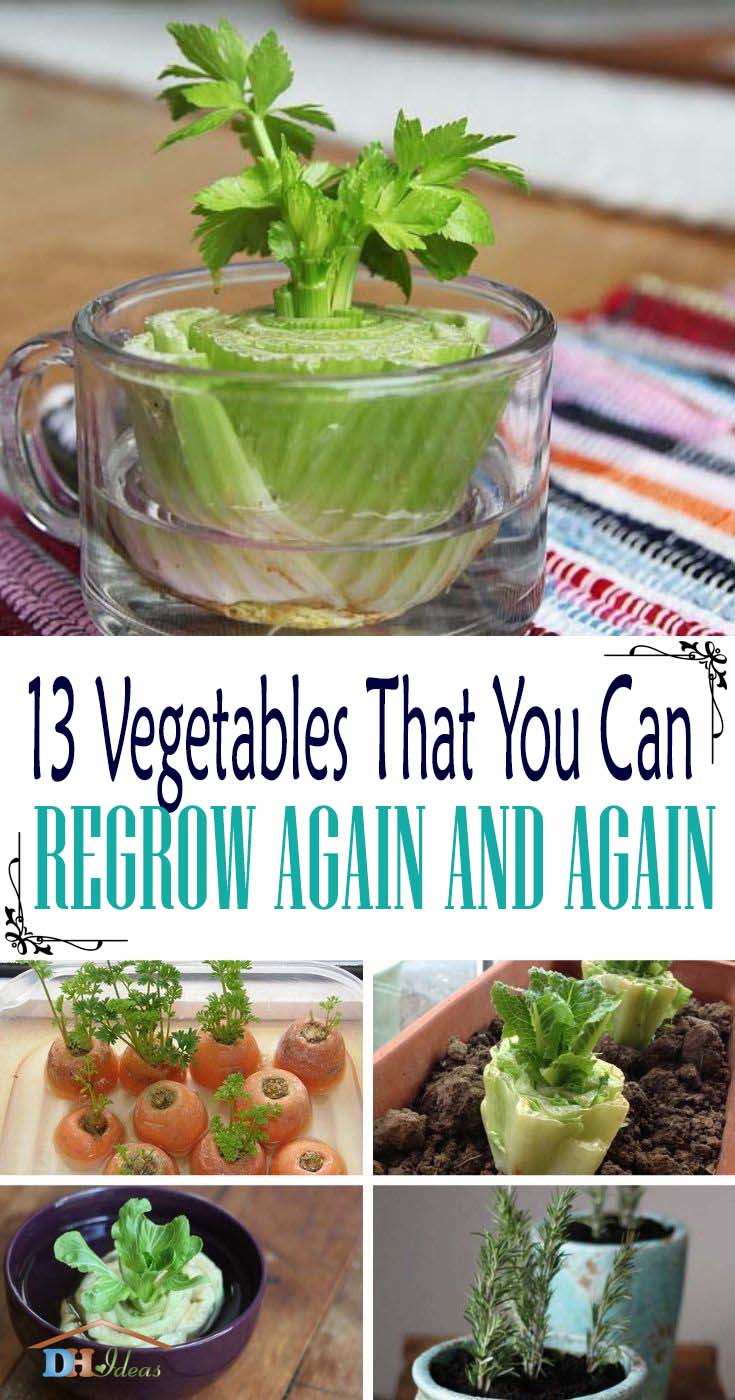
The trick is to choose vegetables that you can regrow again and again. These 13 options are a good place to start.
1. Basil
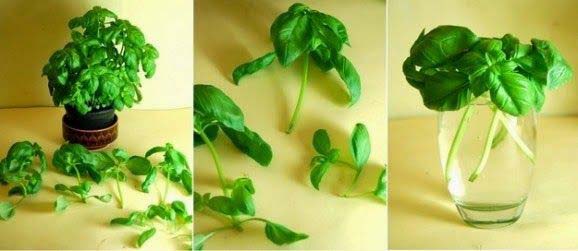
Do you have some fresh basil cuttings on hand?
Place them in a glass of water in a bright, moderately warm place, and your cuttings will each grow their own root system.
As long as you replace the water with a fresh batch every 3 or 4 days, roots will grow from the bottom of each stem.
As soon as a root reaches about 2 inches in length, you can pot the stem to create a brand-new basil plant.
2. Romaine Lettuce
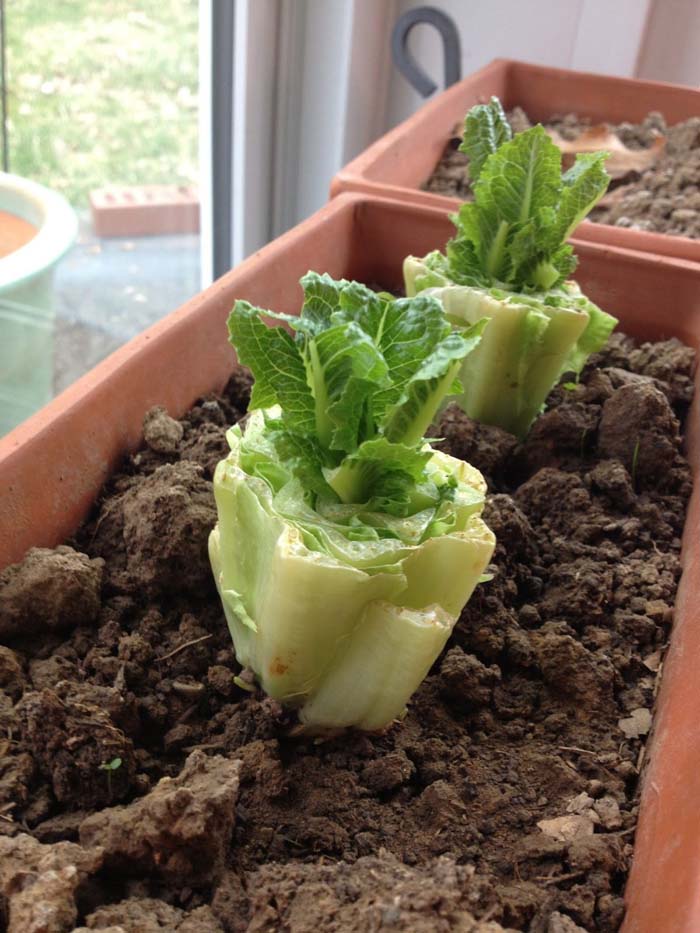
Ensure that you always have salad supplies on hand by regrowing romaine lettuce.
This project requires a planter and some soil, but that’s it — once your soil is in the planter, just strip away the leaves from a romaine heart and press it into the dirt.
As long as you leave about 2 inches above the surface, new leaves will start to grow in about two weeks.
3. Carrots
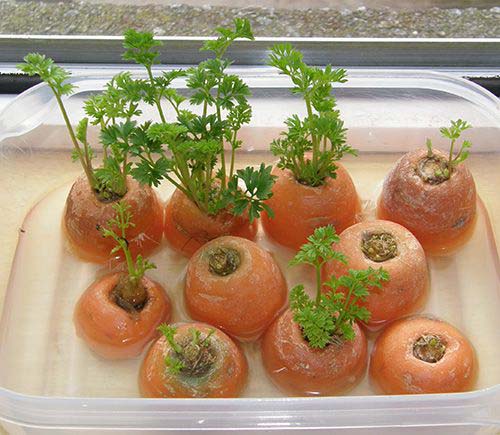
Experiment with new salads and garnishes using carrot greens you’ve grown yourself.
The process is simple: cut off the top of the carrot and put it in a dish of water.
Add more water as needed, and watch as greens pop up from the top of the carrot.
This project works best when you place the dish where it will get plenty of sunlight.
via Fidgety Fingers
4. Green Onion
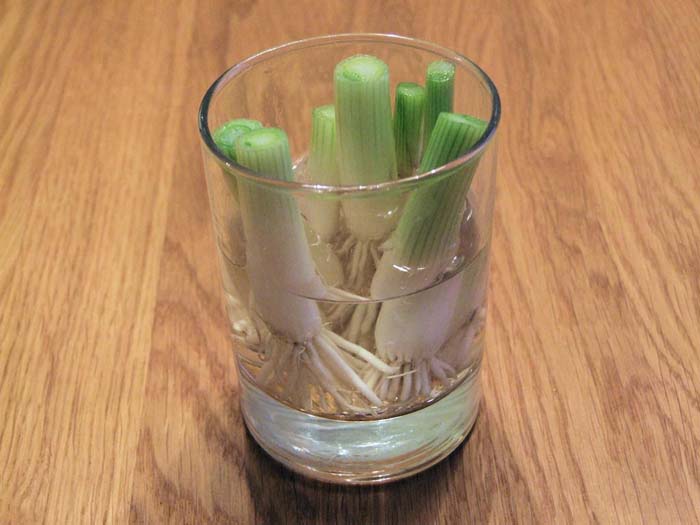
Green onions are a great way to add flavor to meals, but there’s no need to buy them from the store.
The next time you buy a bunch, cut off the bottom 3 inches and place the cuttings in a glass of water.
When fresh green onions grow, you can cut off the tops; every 10-14 days, you’ll have a new batch.
You can also plant your stems in soil for unlimited regrowth.
5. Garlic
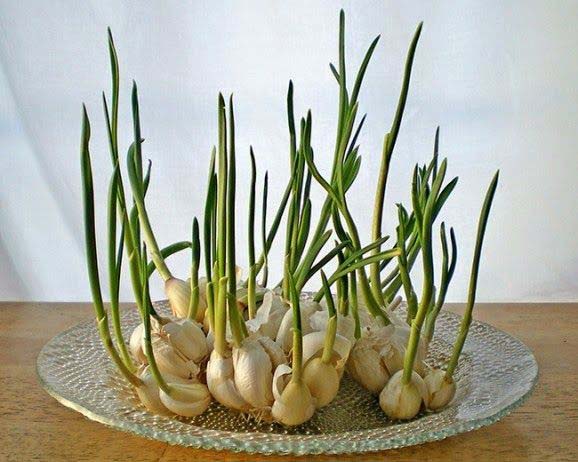
Change up your seasoning style by growing garlic sprouts from fresh cloves. Just peel a bunch of garlic cloves and stuff them in a clear glass.
Add just enough water so that the bottom tips of the cloves touch the surface.
With sunlight and warmth, the cloves will grow roots and tall green sprouts. Cut the sprouts, chop them, and use them the same way you use green onions.
6. Celery
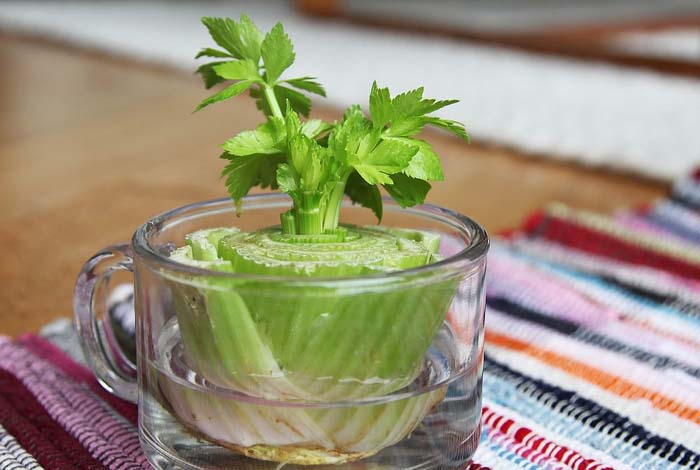
If you use celery in soups, salads, and casseroles, here’s a secret — you can regrow it and never pay for celery again. Just cut off the base and soak the bottom in a shallow saucer of water for a week.
When tiny leaves grow from the center, plant it in a can or a pot, using soil to cover everything but the new leaves.
Keep the soil moist, and you’ll have a steady supply of celery.
via 17 Apart
7. Cilantro
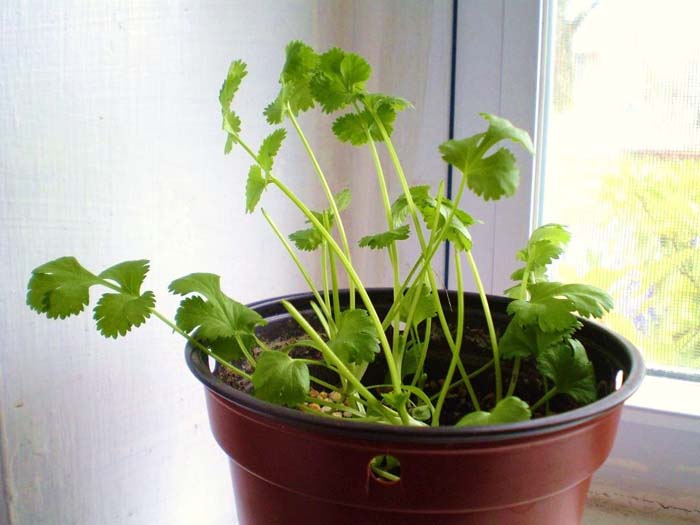
Regrowing cilantro is much like regrowing basil cuttings; all you need to do is place the stems in water and wait for roots to grow.
If you live in a cold climate, transplant the rooted plants in a flower pot.
Since cilantro tastes best when it’s growing outdoors, simply move the plant to a garden when the weather warms up.
via Green Jean
8. Bok Choy
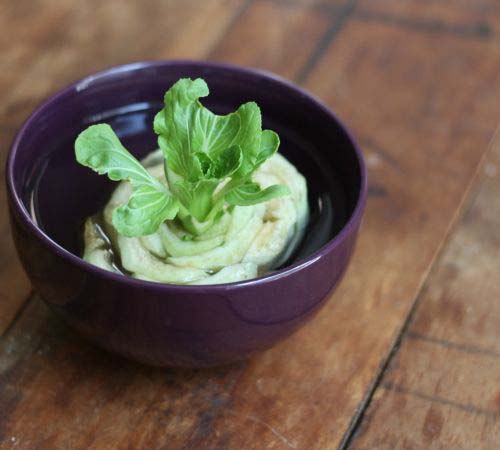
Bok choy is an excellent vegetable for regrowing.
Once you submerge the bottom of a bunch in water, the leaves grow rapidly — usually, in about a week.
As soon as you see about 1 inch of new growth, transfer the plant to a pot of soil. Like celery, it will continue to grow new leaves continuously.
Just make sure to water it regularly, and you’ll have a kitchen garden in no time.
via 17 Apart
9. Lemongrass
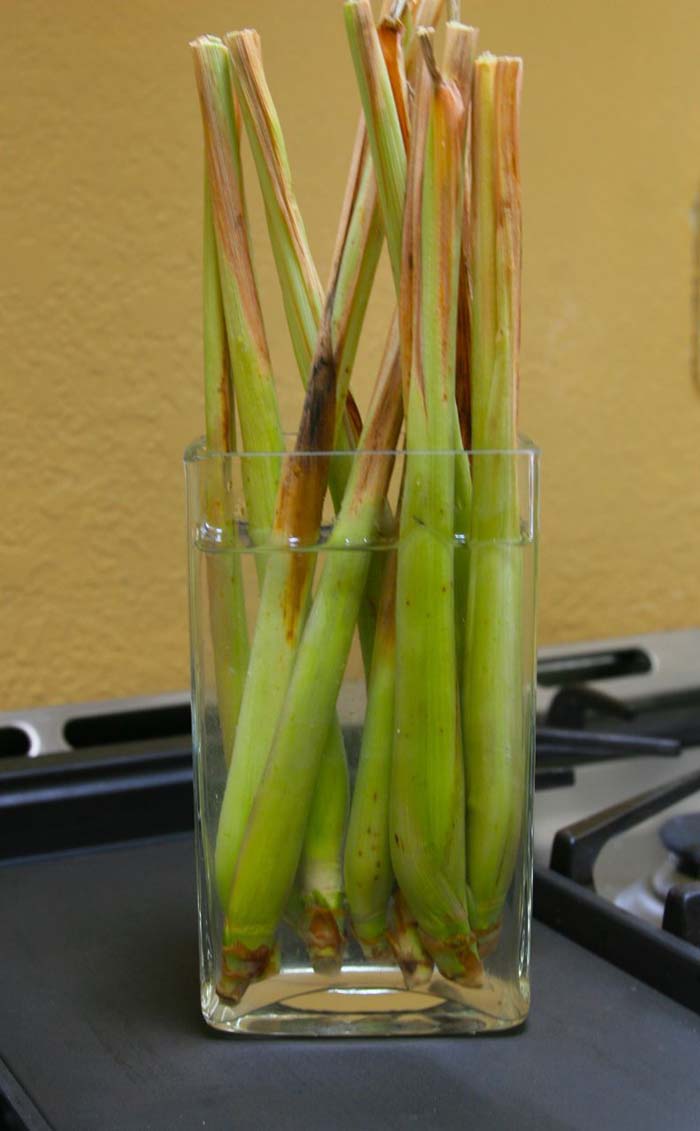
Lemongrass is a staple of Southeast Asian cooking, but there’s no need to shell out lots of money for it at the grocery store. Just buy one bunch to use at home.
When you’re done, put the stalks in water; you’ll probably need to use a vase since the stalks are quite tall. Leave room at the bottom for roots.
When they grow to about 2 inches long, plant your lemongrass in a pot or outdoor bed.
10. Ginger
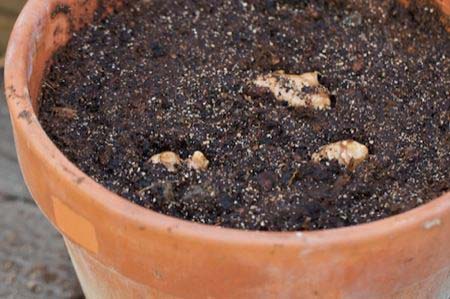
Have you ever purchased whole ginger roots from the store?
The next time you go shopping, look for a fresh, plump root and soak it in water for about 12 hours. Plant it in a pot so that the tips of the roots peek out from the top of the soil.
Then, be patient — ginger can take months to grow. With regular watering, you’ll have a large underground root system to take cuttings from.
via Chiot’s Run
11. Sweet Potato
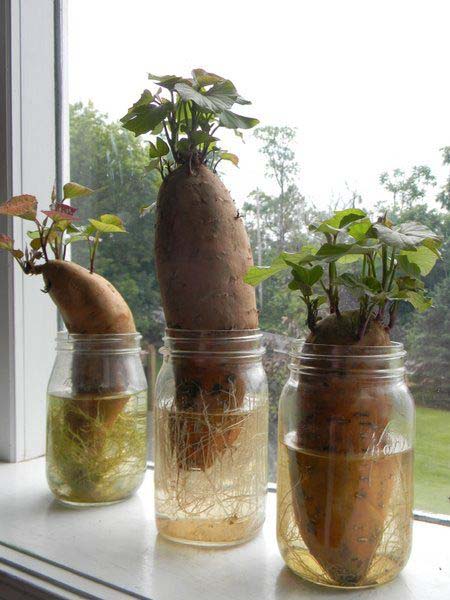
If you have kids, sweet potatoes are some of the most exciting vegetables to regrow.
When you put a potato in a jar of water, it grows leaves from the top and a full root system from the bottom.
As soon as the leaves are 5 inches tall, you can cut them off and put them in their own jars of water.
Plant the leaves outside when they grow their own roots. With this process, it’s possible to get a full garden of sweet potato plants from a single potato.
via Home Joys
12. Onion
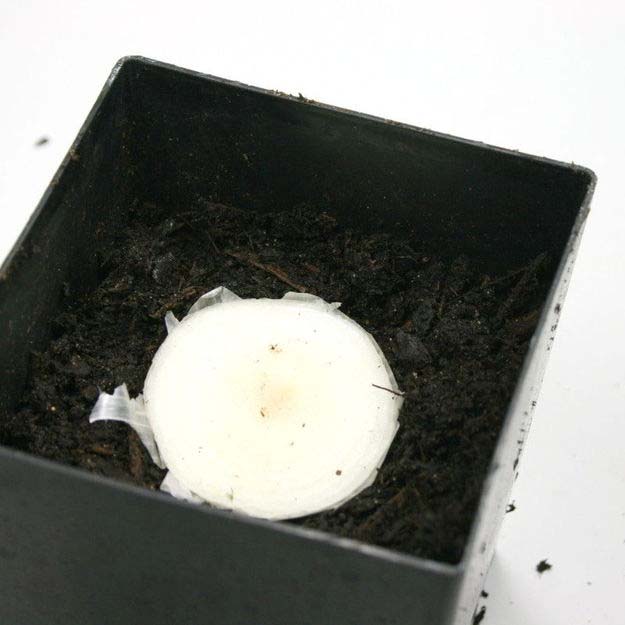
When you cut the bottom off an onion, do you throw it into the garbage?
Next time, put it in a pot of soil instead. If you water the soil regularly, the onion will sprout leaves and roots.
Then, you can plant it outdoors and enjoy a regular crop of fresh onions at no extra cost.
via Instructables
13. Leeks
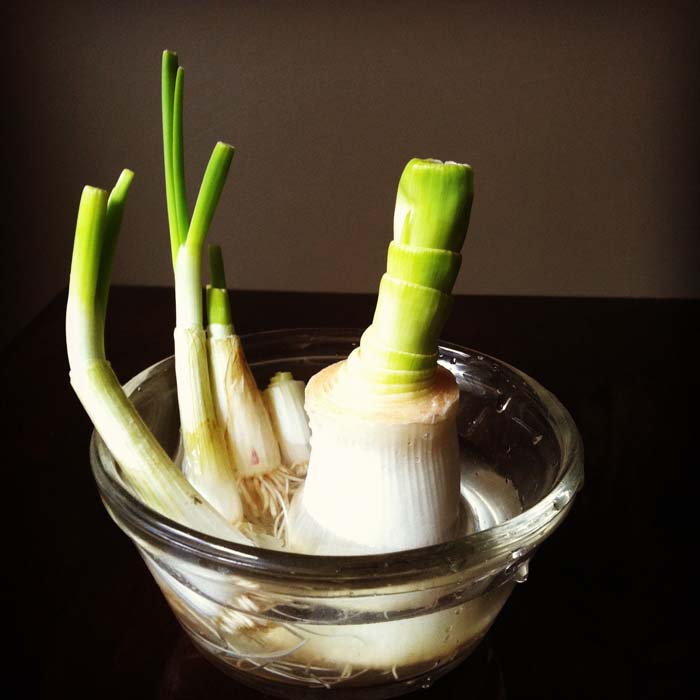
Leeks are one of the easiest vegetables to regrow — they already come with their roots.
Cut off the roots, leaving about 1 or 2 inches of the stalk.
Set the root in a glass of water and put it in a warm, bright location. In a few weeks, your leeks will be ready for replanting outdoors. Don’t have an outdoor garden?
No problem; you can harvest the new leaves directly from your glass.
14. Rosemary
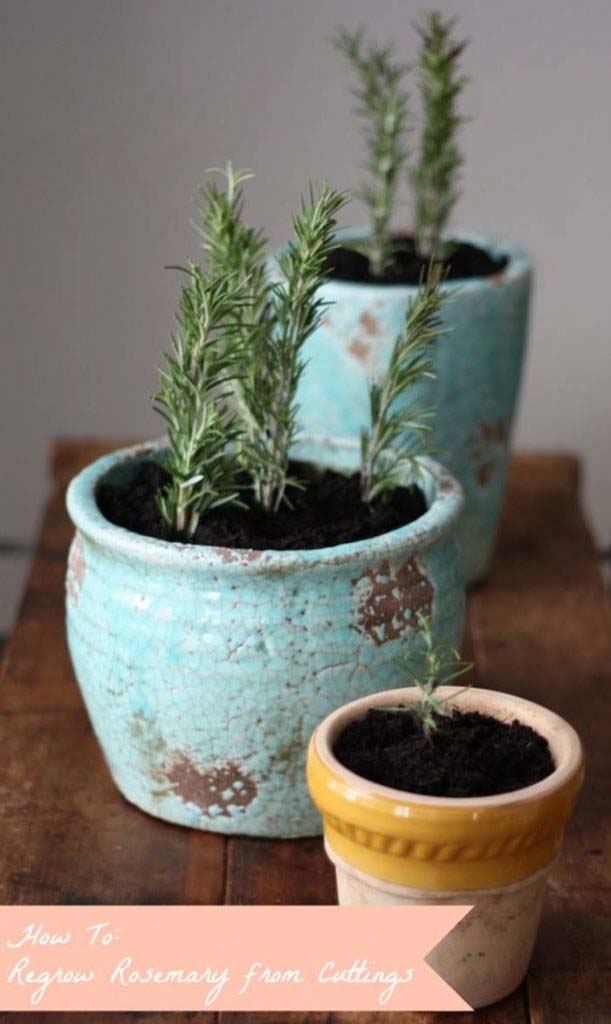
Fragrant and packed with flavor, rosemary is an excellent herb for cooking.
There’s no need to buy expensive plants; you can propagate new plants with small rosemary cuttings.
It takes months, but if you put a cutting in water, it will eventually grow roots — just make sure to change the water frequently. Pot each rooted cutting for a fantastic kitchen garden.
via 17 Apart
15. Lemon Balm
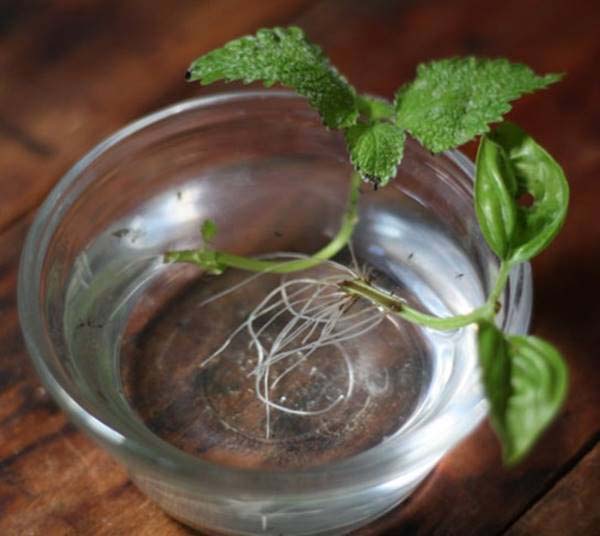
Lemon balm is a versatile herb, but it can be expensive and hard to find.
Fortunately, regrowing it is a breeze. Individual cuttings sprout roots when left in a cup of water; expect the process to take up to 1 month. Individual lemon balm plants fit neatly in small pots, so you’ll have a full selection of fresh leaves before you know it.
via 17 Apart
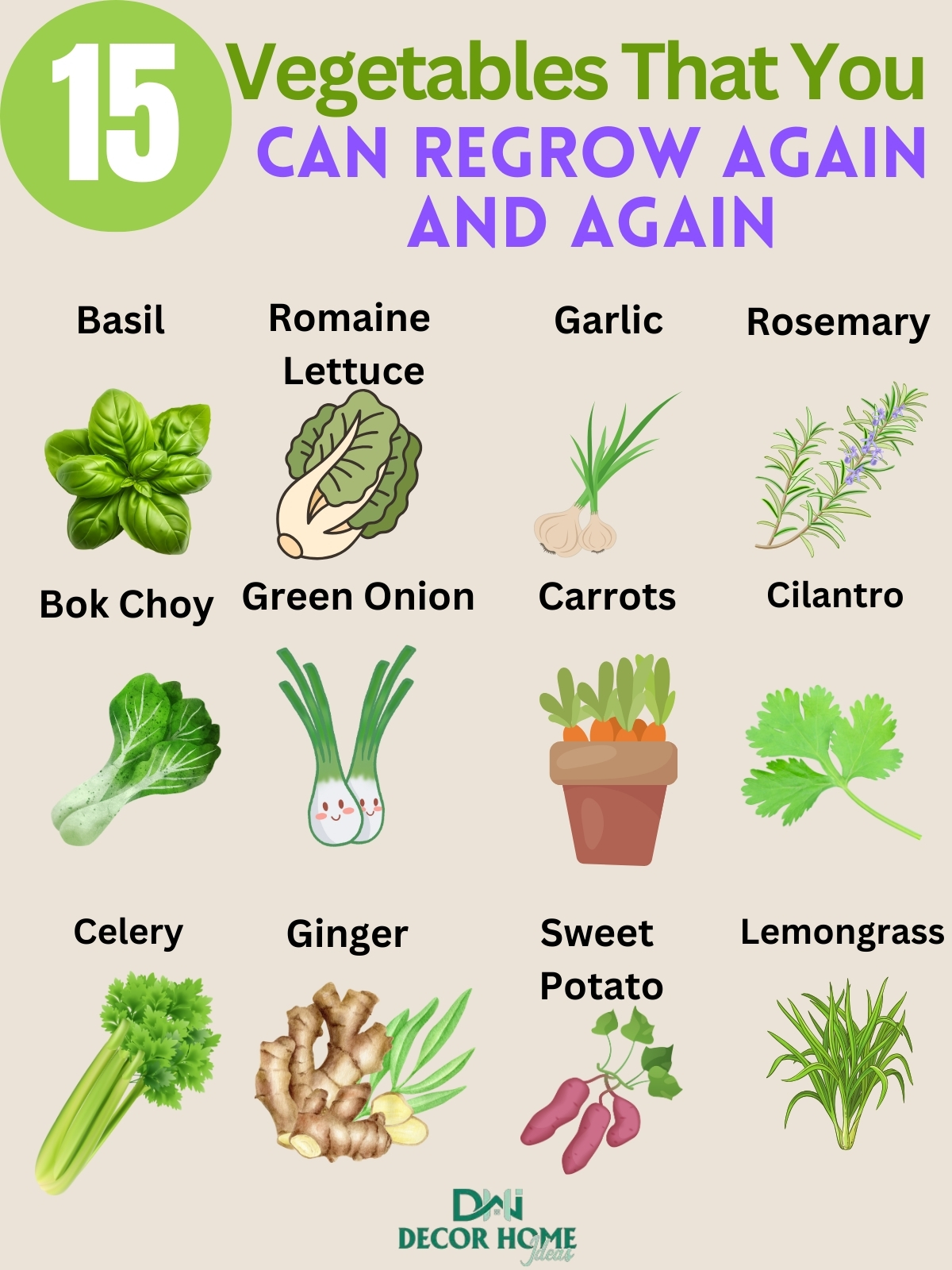
Save money and reduce waste by regrowing these vegetables from scraps! Green onions, celery, and bok choy easily sprout in water, while ginger and sweet potatoes thrive in soil.
Basil, cilantro, and rosemary regrow from cuttings, and romaine lettuce can regrow from its base.
With minimal effort, you can enjoy a continuous supply of fresh produce right at home!





